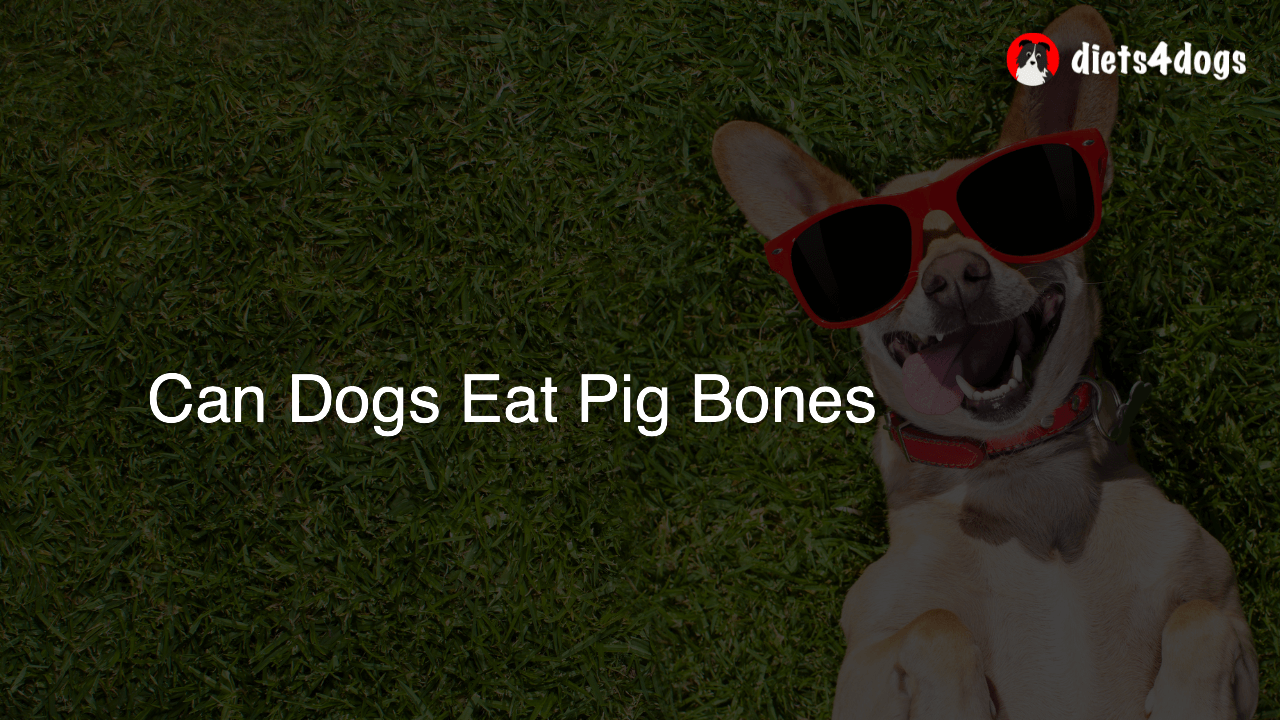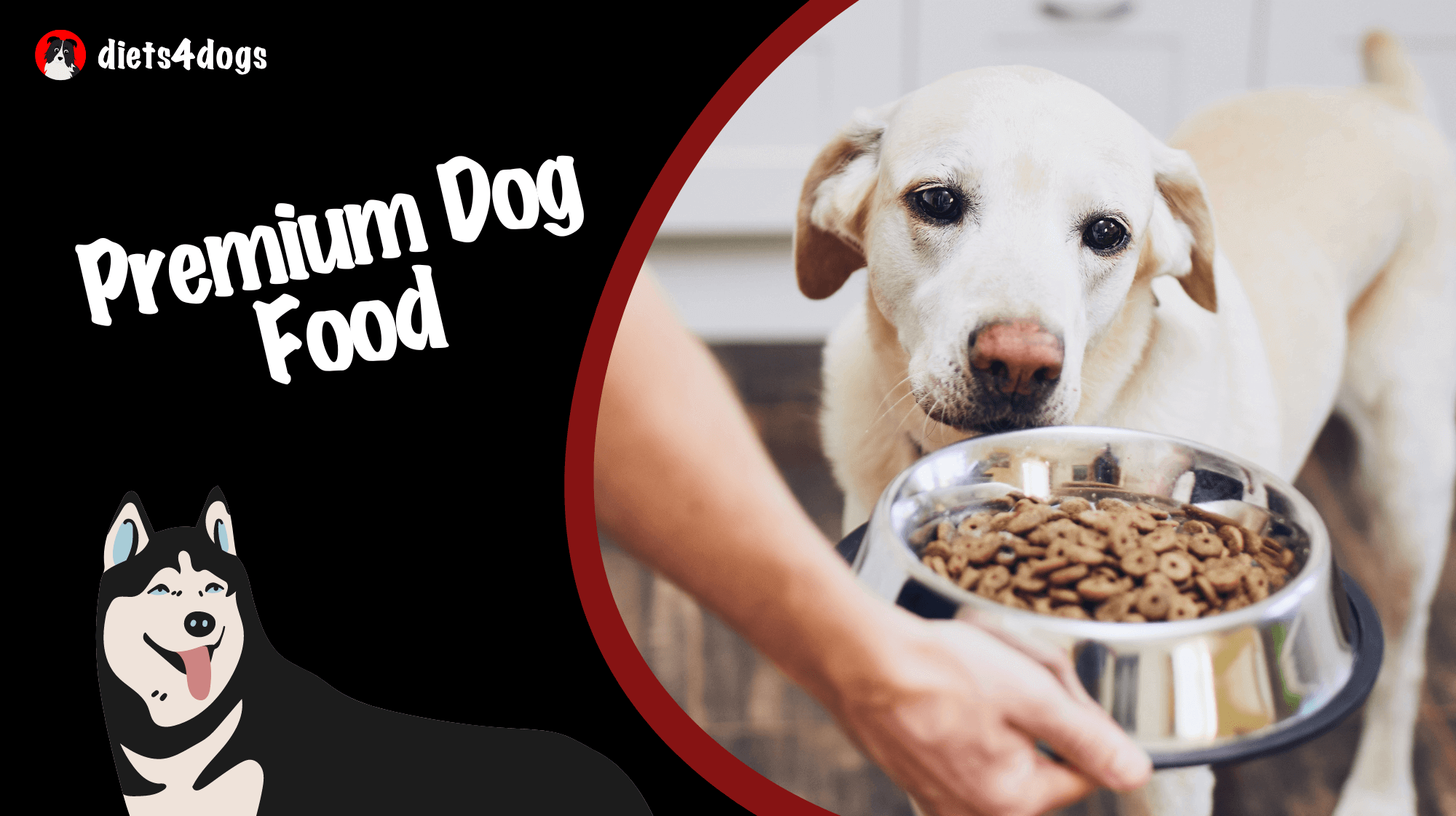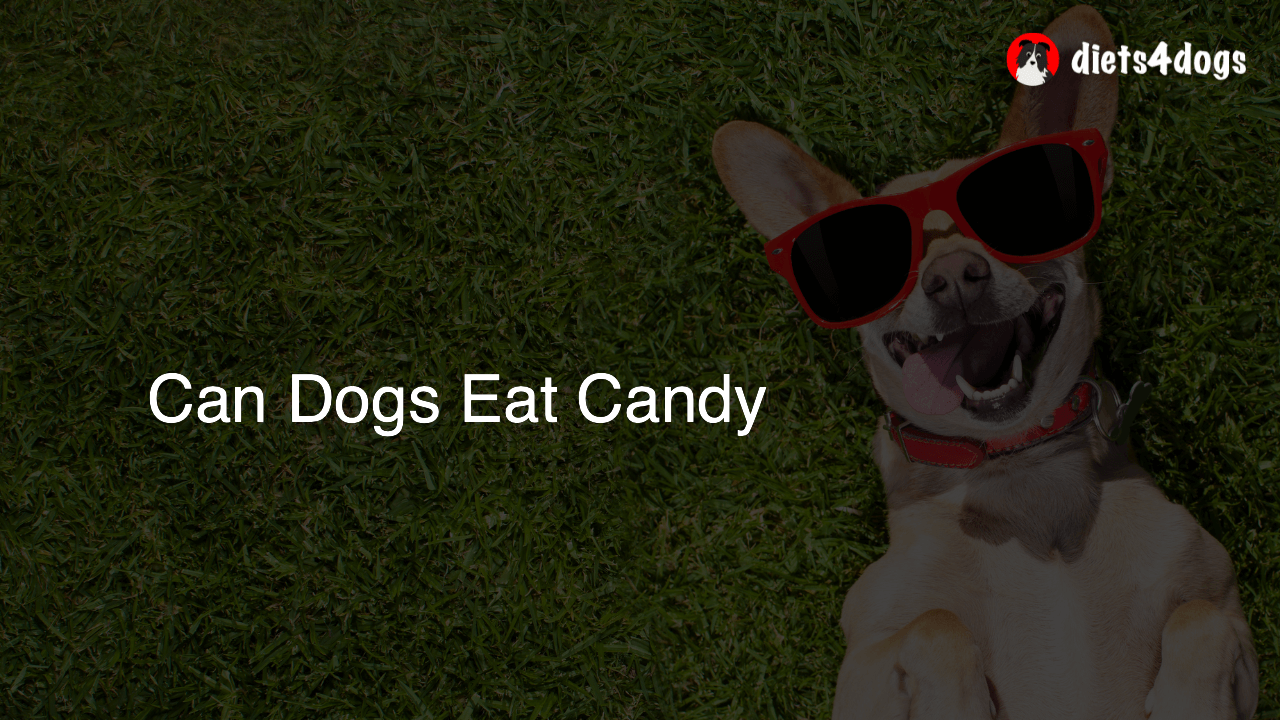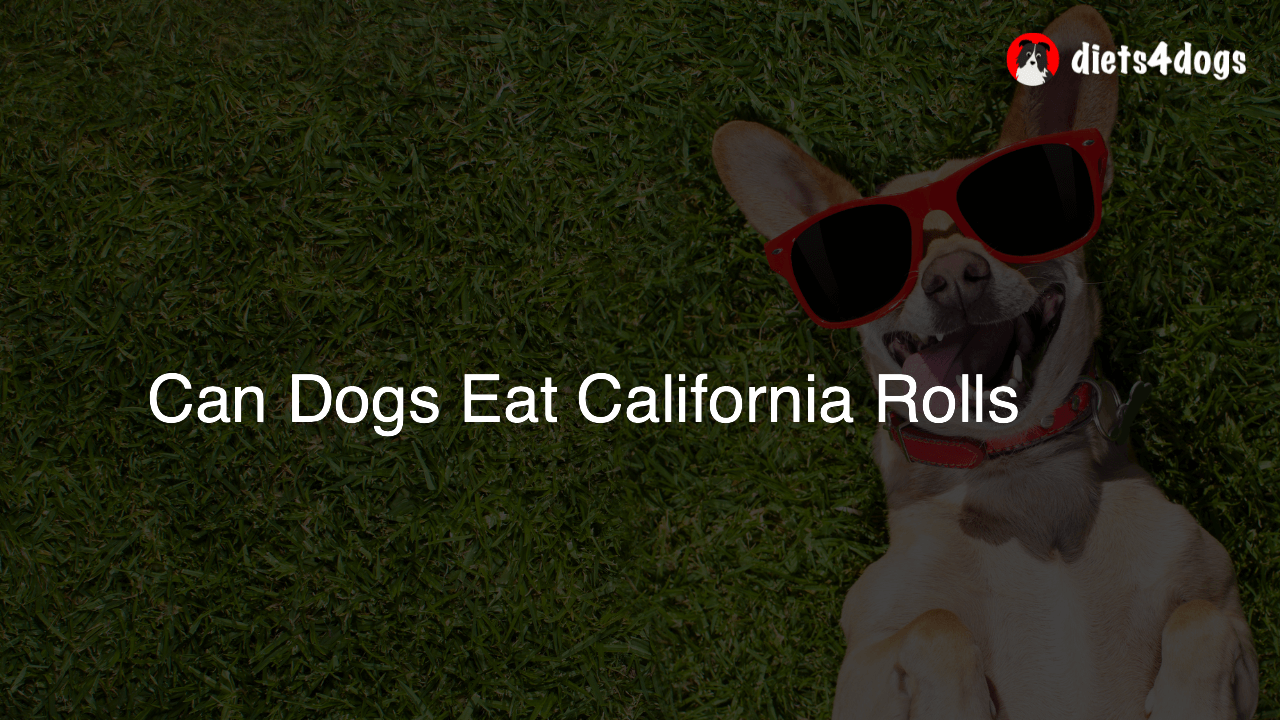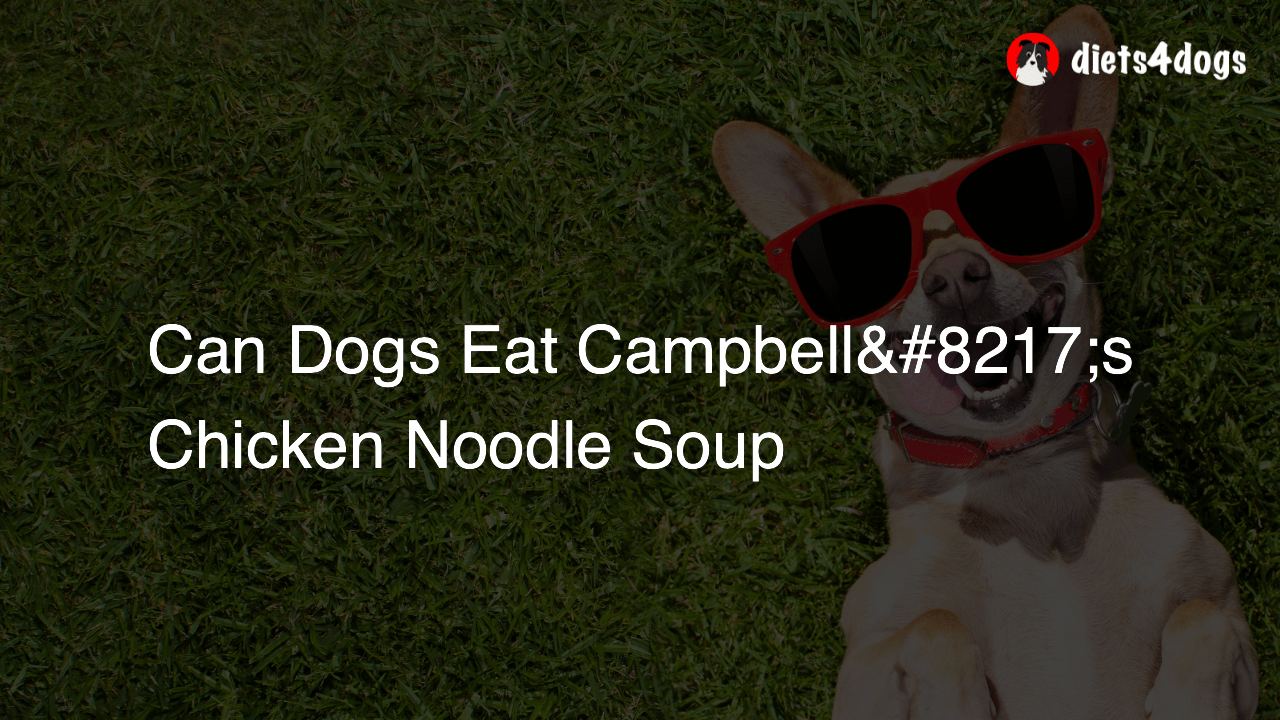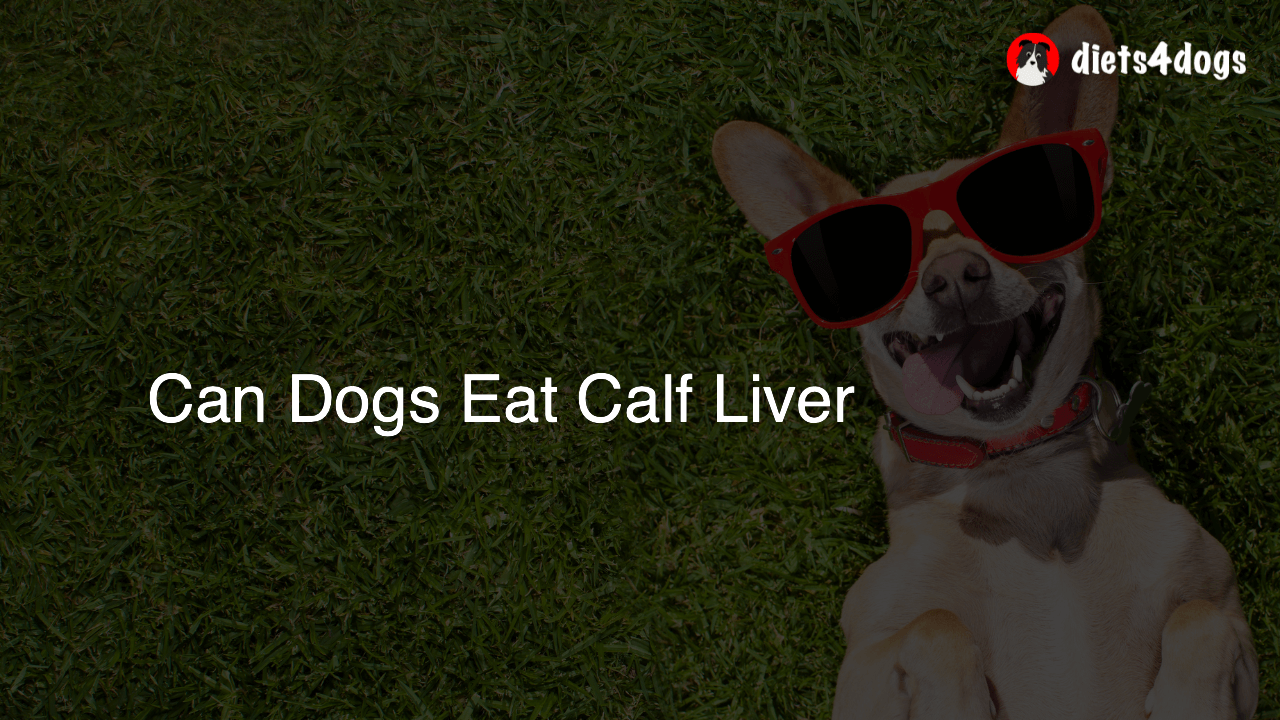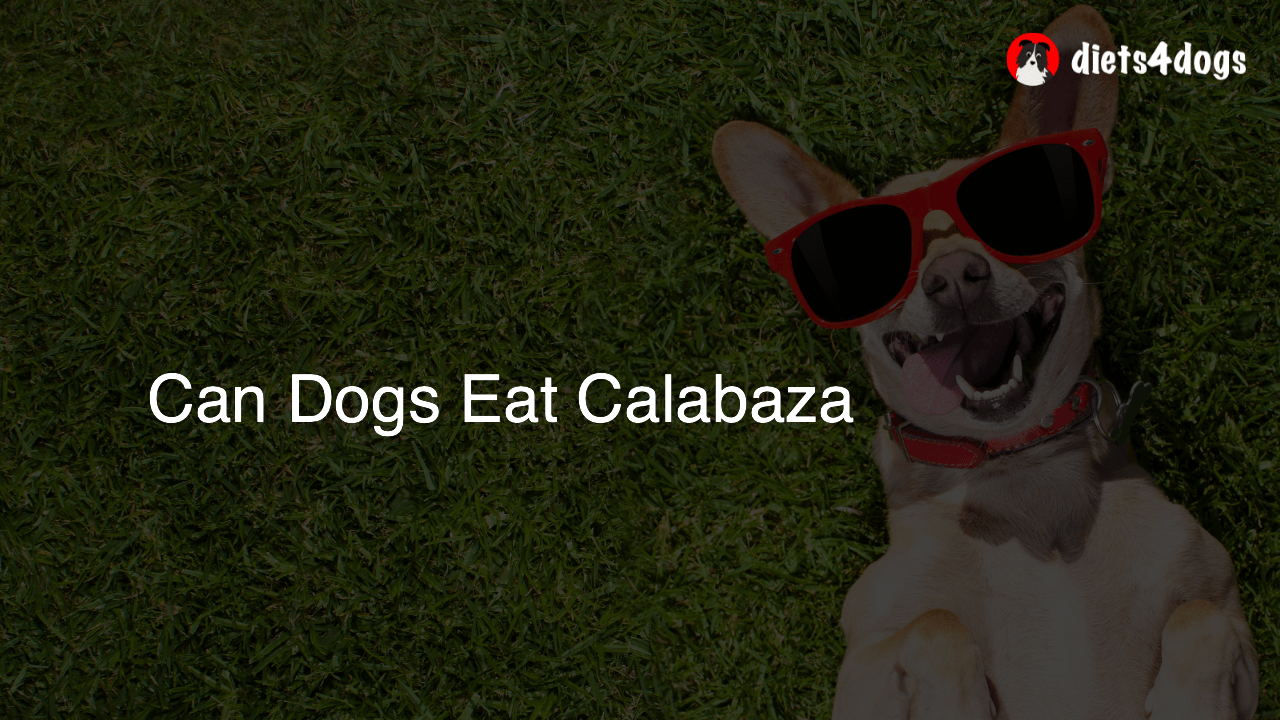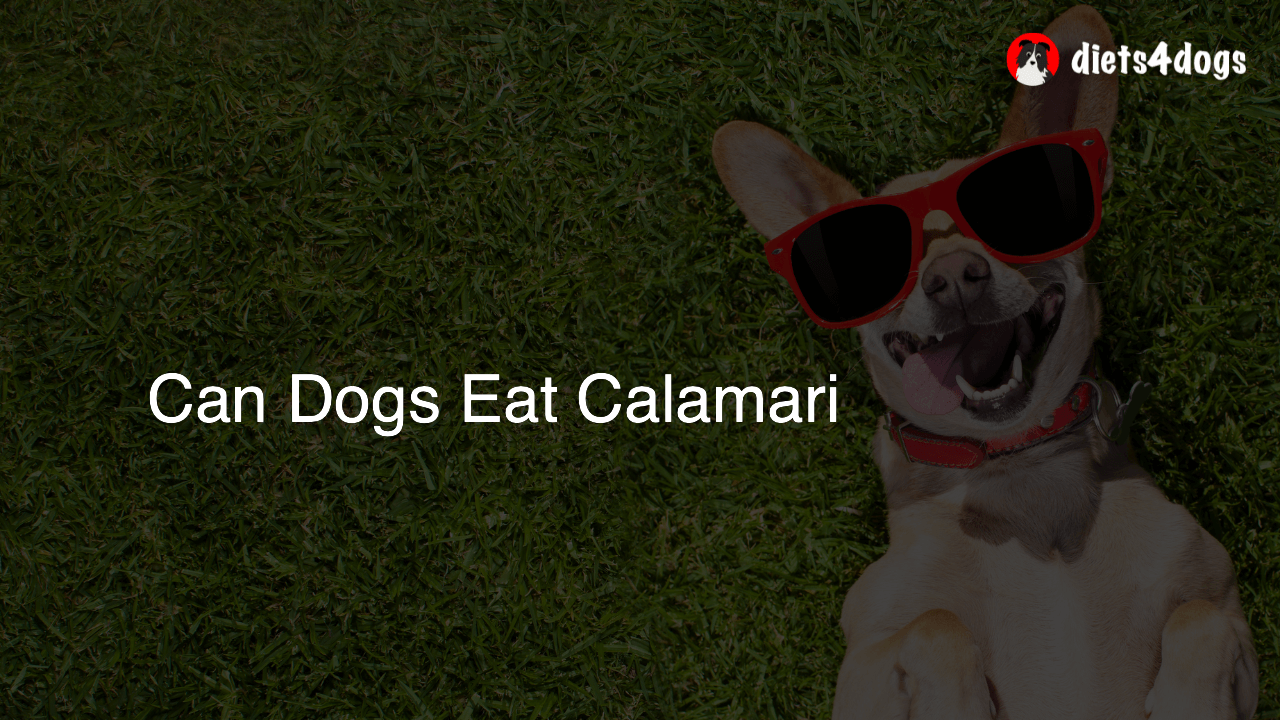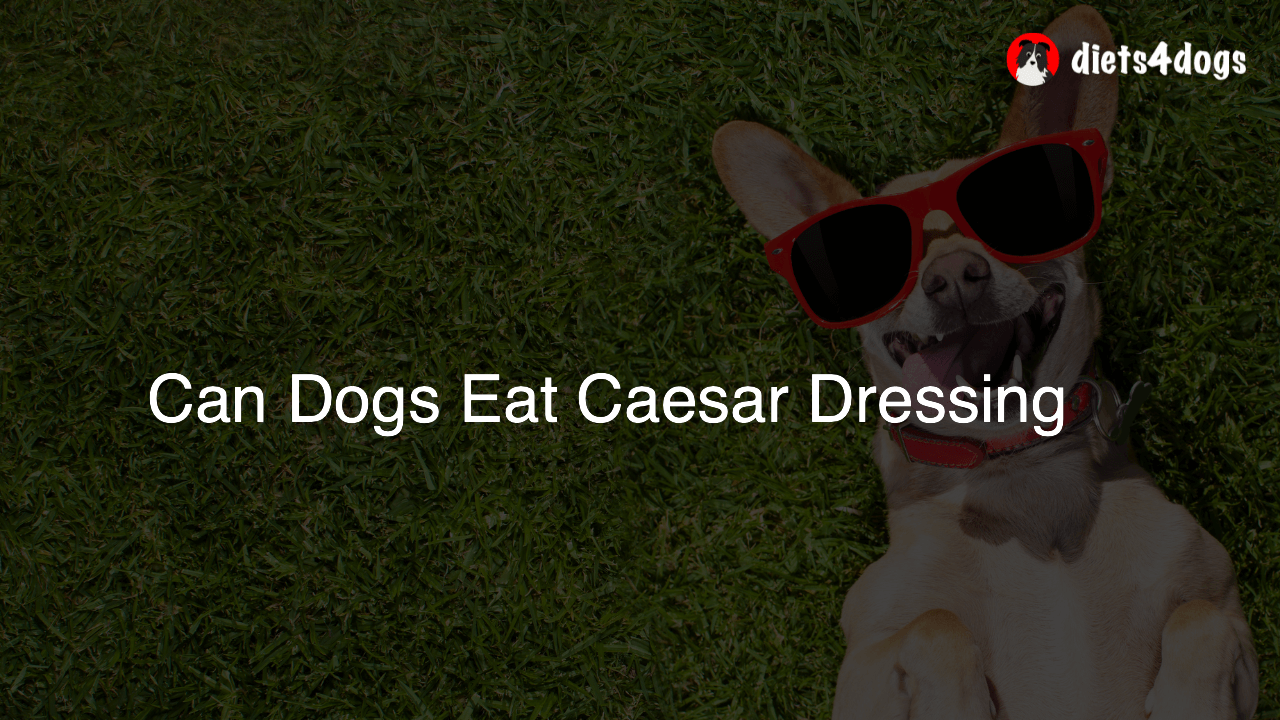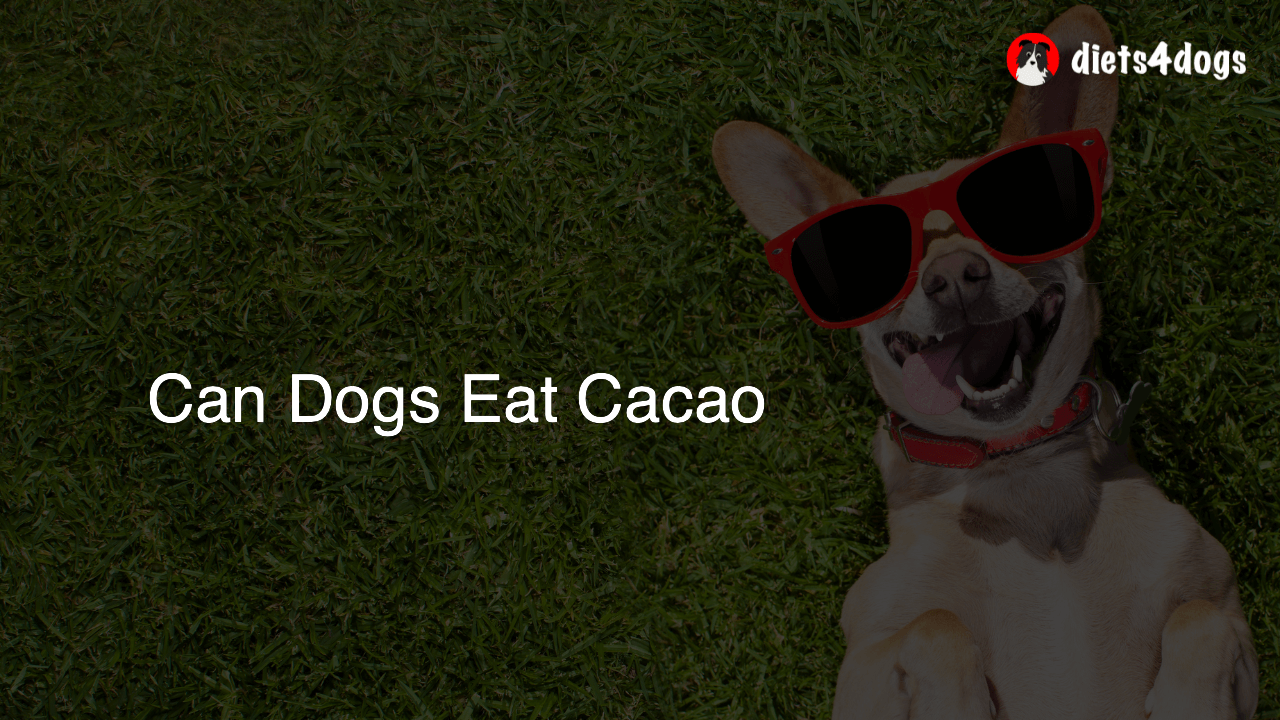Can Dogs Eat Pig Bones
No, dogs should not eat pig bones, as they can pose significant health risks. Cooked pig bones can splinter and cause choking, mouth injuries, or internal blockages. Raw pig bones, while slightly safer, still carry the risk of bacterial contamination or parasite transmission. Instead, provide your dog with safer chew toys or treats designed specifically for them.
Can Dogs Eat Pig Bones?
As a dog owner, you might have heard about the potential dangers of feeding your furry friend certain types of bones. Dogs are known to love chewing on bones, but not all bones are safe for them to consume. One common question is whether or not dogs can eat pig bones. In this blog post, we’ll explore the potential risks of pig bones for dogs and offer some helpful advice on keeping your pet safe and well-fed.
A Closer Look at Pig Bones
Pig bones come in a variety of shapes and sizes. They are typically categorized as either raw or cooked. Raw bones tend to be softer and more pliable, making them somewhat safer for dogs to chew on. However, cooked bones are more likely to splinter and pose a choking hazard. The risks associated with both types of pig bones are worth considering when deciding what—and what not—to feed your dog.
Raw Pig Bones
Raw pig bones have fewer splinters than cooked ones, making them a seemingly safer option for your dog. However, they still carry some risks. Bacteria, such as Salmonella or E. coli, can be found on raw animal bones and can pose a threat to your dog’s health. Ingesting these bacteria can cause gastrointestinal problems, such as diarrhea and vomiting.
In addition to bacterial contamination, raw pig bones can also carry parasites that may lead to various infections. Therefore, exercise caution when deciding whether to give your dog raw pig bones.
Cooked Pig Bones
Cooked pig bones pose an even greater risk to your dog’s safety. Cooked bones are more brittle, which causes them to break and splinter easily when chewed on by your pet. These splinters can cause choking or get lodged in your dog’s mouth, throat, or digestive organs, leading to severe pain, injuries, or even death.
Safe Alternatives to Pig Bones
Now that we’ve discussed the risks associated with pig bones, it’s vital to look at safer alternatives for your dog’s entertainment and nutrition. Many dog-safe chews, toys, and treats are available on the market that can help satisfy your dog’s natural instinct to chew without risking their health.
Dog Food and Treats
There are various dog food and treat options available that cater to your pet’s chewing instincts. Dental chews or treats made specifically for dogs can help keep their teeth clean, promote healthy jaws, and prevent boredom. These treats are designed to break down easily, minimizing the risk of choking or digestive issues.
Chew Toys
Chew toys made from materials like rubber or nylon can provide a safe outlet for your dog’s natural desire to chew. These toys are designed to withstand aggressive chewing without breaking apart or causing any health risks. Be sure to choose a chew toy that matches your dog’s size and chew strength to prevent any accidents.
Rawhide Alternatives
Although rawhide chews have been popular with dog owners in the past, they can also pose risks such as choking or digestive blockages. As a safer alternative, consider vegetable-based chews or chews made from ingredients like sweet potatoes, carrots, or other dog-friendly plants.
Conclusion
While it’s tempting to let your dog enjoy a pig bone, the potential risks far outweigh the benefits. Instead, choose dog-safe chews, toys, or treats to keep your pet happy, healthy, and entertained. With the information provided in this blog post, you can make informed decisions that will ultimately contribute to your dog’s well-being, ensuring they live a long and happy life by your side.
Supervising Your Dog While They Chew
Regardless of the type of chew or treat you choose for your dog, always monitor them during chew time. Supervision can help prevent accidental choking or ingestion of large pieces that might cause digestive issues. Also, be ready to take away the chew if it becomes too small or breaks into dangerous fragments. Keep a watchful eye on your dog and ensure they are enjoying their safe chew options responsibly.
Assessing Your Dog’s Chewing Needs
It’s essential to recognize that every dog has different chewing desires, strengths, and habits. These factors can impact the type of safe alternatives that best suit them. Some dogs may prefer softer chews, while others might seek a more challenging chew toy. Monitor your dog’s preferences and habits closely and select the appropriate alternatives based on their size, age, and breed.
Maintaining Dental Hygiene
One of the reasons dog owners may consider giving their pets bones to chew on is promoting good dental hygiene. While bones are not a safe option for dental care, there are various other ways both you and your dog can maintain their oral health.
Introduce regular teeth brushing for your dog, using a specially designed dog toothbrush and dog-friendly toothpaste. You can also consider adding dental wipes or water additives to your dog’s oral hygiene routine. These methods not only maintain your dog’s dental health but also help to prevent serious issues like gum disease or tooth loss.
Consulting a Veterinarian
If you still have concerns or are unsure whether a particular chew or treat is safe for your dog, consult a veterinarian. They can offer expert advice tailored to your pet’s size, breed, and health requirements, ensuring that you make the best-informed decision for your furry companion.
Remember that every dog is unique, and your veterinarian is your best source for advice on feeding and caring for your pet. Regular check-ups and open communication with your vet will help maintain your dog’s health and wellbeing, allowing you to create a safe and enjoyable home environment for them.
FAQ Section
Here are some Frequently Asked Questions related to whether dogs can eat pig bones and general safety precautions about feeding bones and chews to dogs. These questions and answers provide quick and easy-to-understand information to help you make informed decisions about your dog’s wellbeing.
1. Are any bones safe for dogs to eat?
Some raw bones, like beef knuckle bones, can be safe for dogs to chew on under supervision. However, it’s crucial to consult with a veterinarian before giving any bones to your dog, as each dog’s individual needs may vary.
2. Can dogs eat chicken bones?
No, dogs should never be given chicken bones, as they are highly prone to splintering and can cause severe injuries, choking, or digestive issues.
3. What is the best chew for a teething puppy?
A good option for teething puppies is a soft, dog-specific rubber chew toy. These toys are soft enough for a puppy’s sensitive gums but still provide a safe and satisfying chewing experience. Always supervise your puppy during chew time.
4. Do dental chews really work?
Yes, dental chews can help reduce plaque and tartar buildup in your dog’s teeth, especially when combined with regular tooth brushing and other oral hygiene practices. Choose dental chews specifically designed for your dog’s size and chewing strength.
5. How often should I replace my dog’s chew toy?
The frequency of replacing your dog’s chew toy depends on factors like their chewing habits and the durability of the toy. Regularly inspect the chew toy for signs of wear and tear, and replace it when it becomes damaged or poses a choking hazard.
6. Can my dog eat cow bones?
Some cow bones, like beef knuckle bones, could be safe for dogs under supervision. However, it is essential to consult with your veterinarian before giving your dog any cow bones to ensure it’s an appropriate choice for your pet.
7. How can I teach my dog to chew appropriately?
Using positive reinforcement by giving your dog praise and treats when they chew on appropriate items can encourage good chewing habits. Redirect your dog to approved chew toys or treats if they begin to chew on an inappropriate item.
8. Can dogs eat pork ribs?
No, dogs should not eat pork ribs. Similar to pig bones, pork ribs can splinter and cause injuries, choking, or digestion issues.
9. How can I monitor my dog for any bone-related injuries?
If you suspect that your dog has ingested or chewed on a dangerous bone, watch for signs of distress, such as difficulty breathing, sudden vomiting, lethargy, or discomfort while swallowing. If you notice any concerning symptoms, consult your veterinarian immediately.
10. Can a dog have a treat or chew unsupervised?
It is not advisable to leave your dog unsupervised while they’re chewing on a treat or toy. By supervising your dog during chew time, you can prevent choking hazards or ingestion of large fragments, ensuring their safety and wellbeing.

